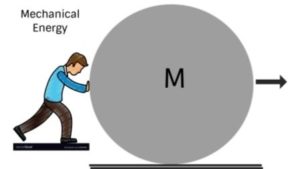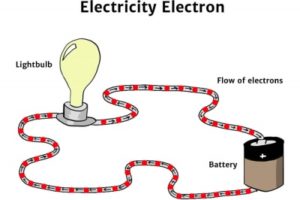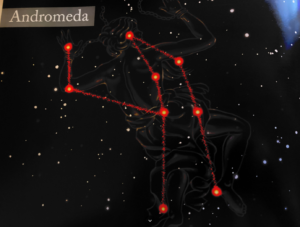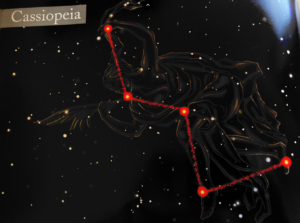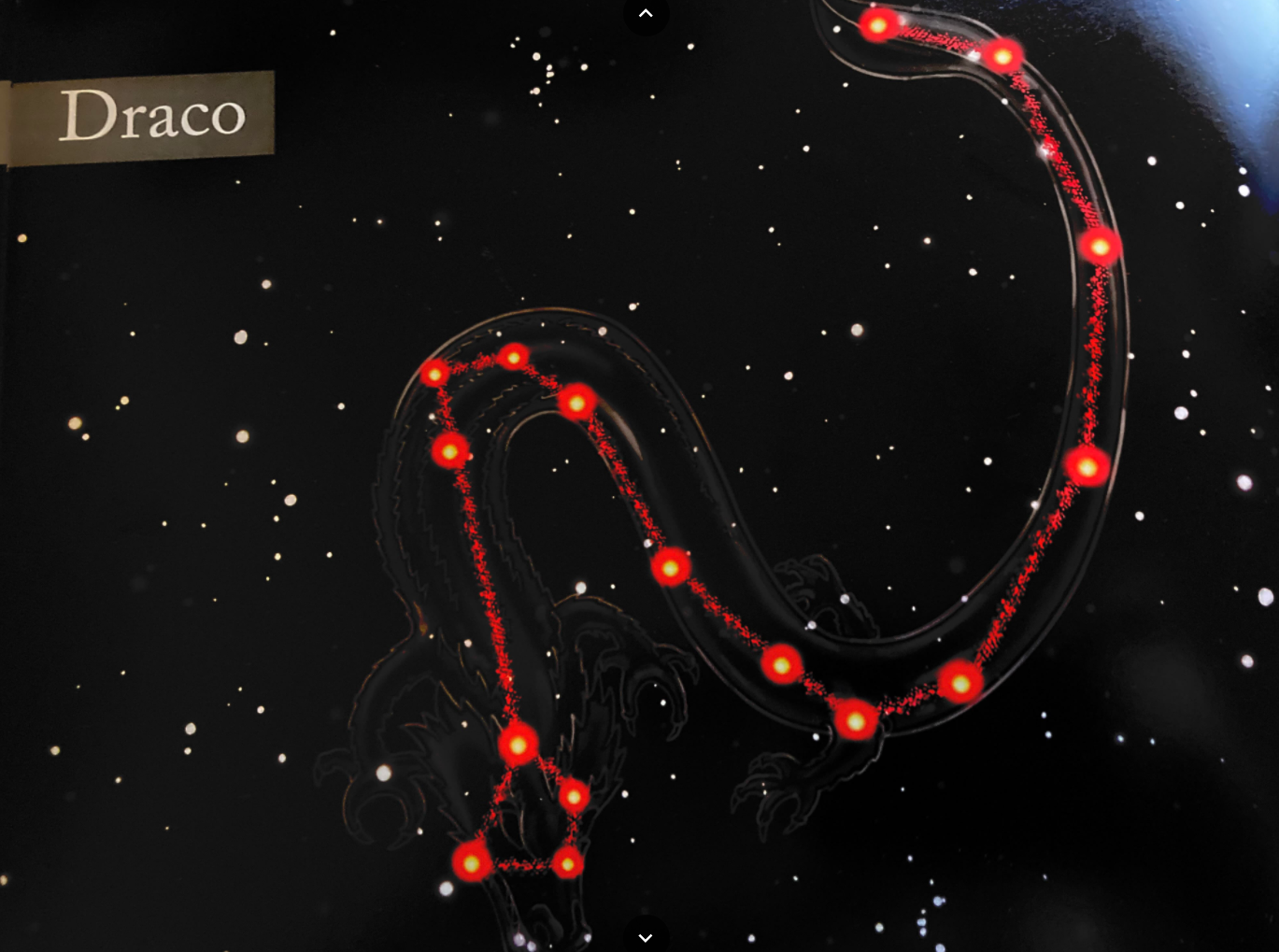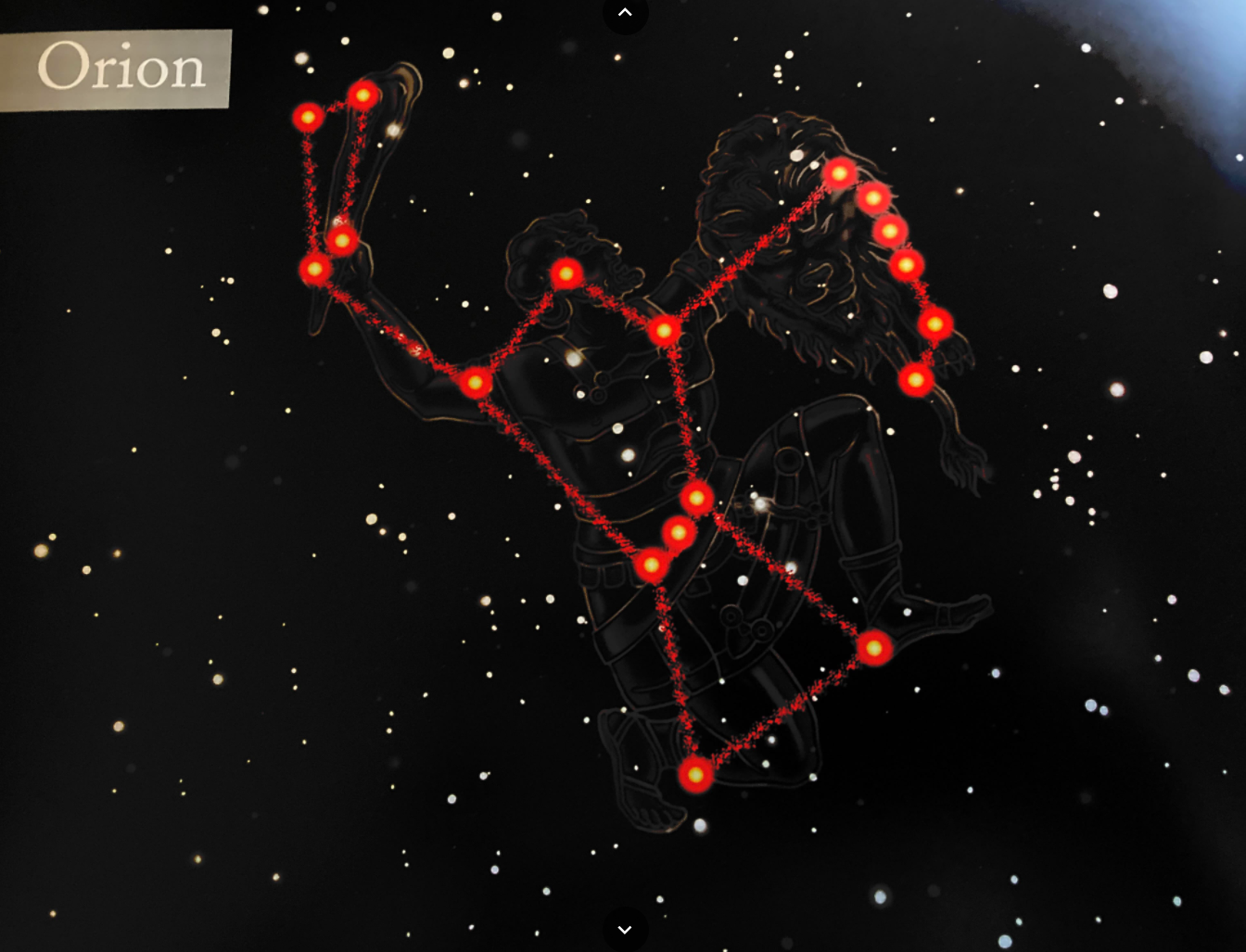Thermodynamics, (Ther-mo-dy-nam-ics) The part of science that has a relationship between heat and energy. These energies are broken down into many different types. There are three types that are the most important, Mechanical Energy, Electrical Energy, and Chemical Energy.
Mechanical Energy, (Meh-can-i-cal) is the process of work. Using forces of energies causes the power to shoot out and make things work. Though Mechanical Energy isn’t just the process of work it can be known as Kinetic Energy or Potential Energy.
Kinetic Energy, (Kin-net-ic) is the energy of motion. Kinetic energy happens by using fast movement to strike an object at a high velocity to create power to move the object. Though Potential Energy is different, it uses the stored energy of position. Whenever you build up a strong force and use it all at once to move an object is known as Potential Energy.
Electrical Energy, (E-lec-tric-cal) is kinetic energy caused when electrical charges move. Since electrical energy is kinetic, the faster charges move, the more power and electricity it creates.
Chemical Energy, (Chem-i-cal) is stored energy inside of molecules and atoms. These chemical bonds may be released when a chemical reaction collides with it creating a new different substance that could be harmful or completely safe.


